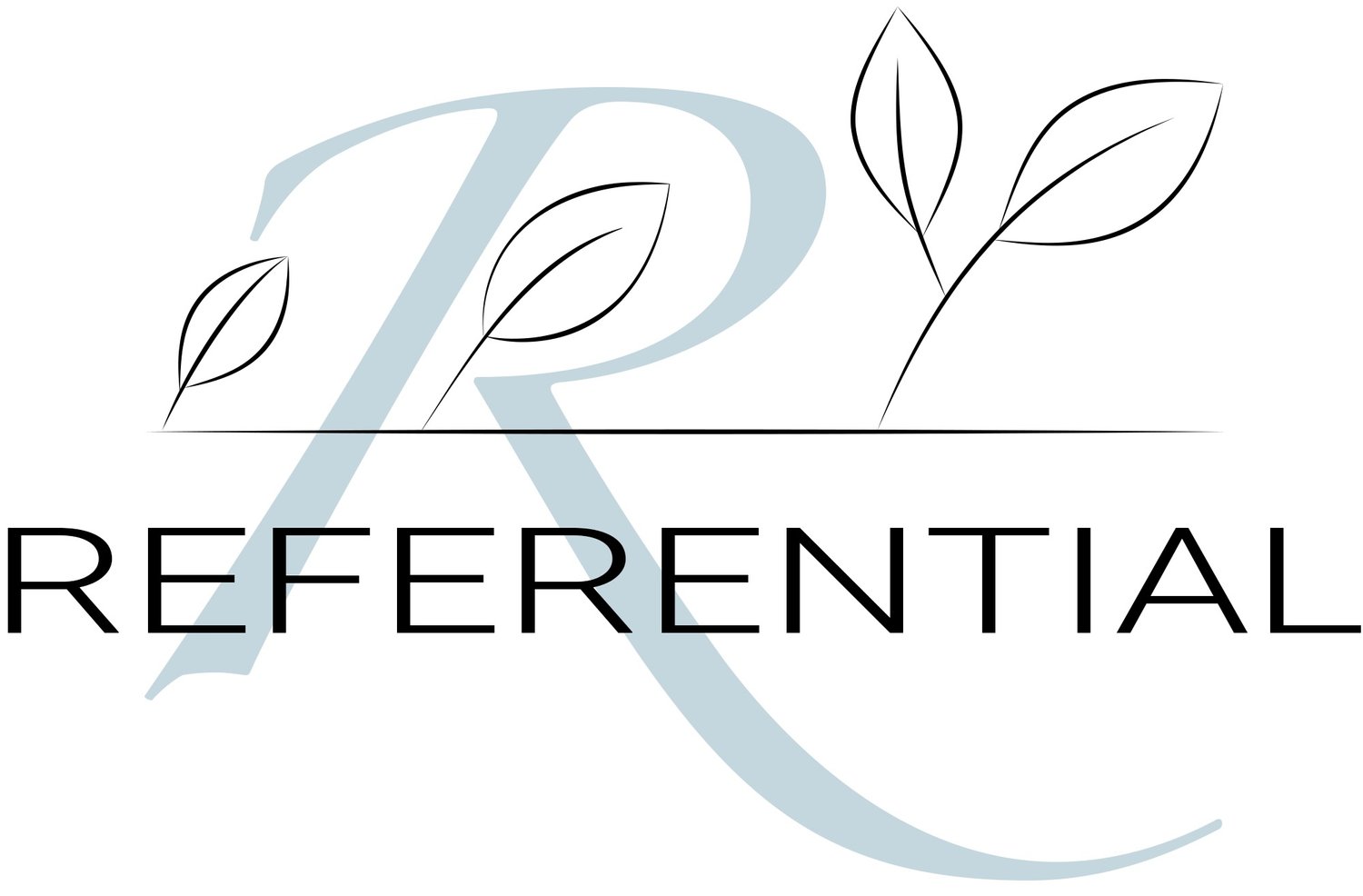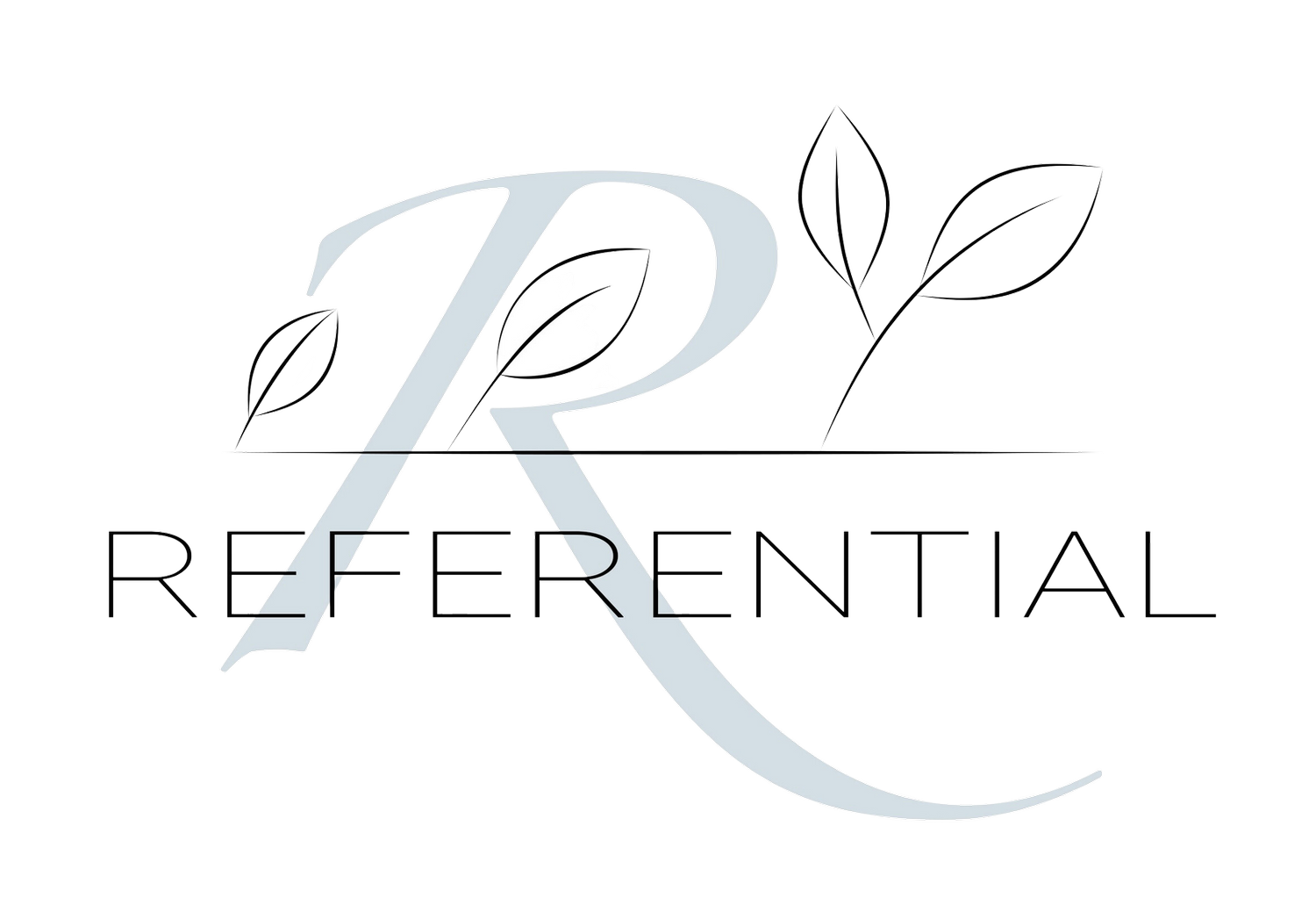Welcome to the Referential Blog!
As a team of consultants embedded in dozens of unique customer advocacy programs at any given moment, Referential is constantly exploring, implementing, and improving on strategies and best practices.
Join us as we discuss the latest tips, tricks, and techniques in customer advocacy and customer marketing.
See a topic you’d like to learn about in greater detail? Contact us! We’d love to start a conversation.
Looking for something specific?
Capturing Customer Testimonials During a Pandemic
As the US slowly starts to get back on its feet from the Covid-19 quarantine, businesses just like ours are starting to look at how we can adapt and overcome new social etiquettes. As the head of our video production team, it has been a challenge for me to develop new ways in which we are able to continue to create customer testimonial videos, but I have developed some strategies for navigating our new normal.
X.ai: A Personal Assistant at Your Disposal
Although most advocacy professionals wouldn’t mind an extra pair of hands to help with the countless responsibilities in a day, not everyone is lucky enough to have personal assistance with general daily tasks. If you are in a position where you are constantly scheduling meetings with customers, you may find that the task is very time-consuming. Going back and forth in email to find a time to meet can be tedious and reduce productivity. In addition, it can be a hassle to determine the correct time zone and the appropriate meeting time when contacts are located in different regions.
The Fundamental Components of a Customer Advocacy Program
Customer advocacy – the process of identifying and sharing the stories of success and delight from satisfied customers to educate prospective buyers about the value a company offers – has enormous potential to meet B2B buyer demand for peer references, and positively impact company revenue. To realize this potential, however, customer advocacy programs must be strategically designed to ensure advocacy efforts support the needs and interests of customers and align to broader business goals.
Keeping Customer Advocacy Programs Alive and Well in the Age of Mergers & Acquisitions
We all know that every company has a different view and investment in their customer advocacy program (if they even have a program at all). When going through a merger and acquisition (M&A), these are some helpful considerations to keep in mind while adapting your customer advocacy program to the new business.
“What Came First, the Data or the Customer Advocacy Program?”
As Advocacy Consultants a lot of our time is spent reaching out to and learning about customers, either via email, phone, at events or through the internal support and sales teams associated with a customer. Each time we make a connection, we find out new information; customer insights that need to be added to our reference management systems (RMS) to ensure the most up-to-date details are available to use. Of course, over time, this information can become old and incorrect, or gaps may appear, but inaccurate data is of little use to its users!
Peers Helping Peers
As customer advocacy professionals, we’re all deeply cognizant of one simple fact: we trust our peers, the lessons they’ve learned and the advice they’re willing to share.
If You Can’t Measure It, You Can’t Manage It
Metrics are an essential business tool that enable each customer advocacy program to evaluate its performance and impact over time. We at Referential track various key business parameters for each of our clients on a monthly and bi-annual basis. One of the most meaningful metrics that we have in our portfolio is Client Lifetime Total Revenue (CLTR).
Learnings from Decades of Amplifying the Voice of the Customer
This recognition of customer advocacy as a business essential is the result of a thoughtful evolution in the concept of “customer references” and a concerted effort to recognize both the myriad of ways customers imbue value back into an organization and the opportunities companies have to provide more value back to their customers.
5 Reasons Why A Company Should Think Twice Before Cutting Customer Advocacy Staff from the Budget
Whenever things are uncertain, marketing budgets are constantly the first to be slashed, and the customer advocacy program is frequently a prime target.
Why Everyone Should Consider Enrolling in Referential’s Customer Advocacy Training Program
To thrive in this consumer-oriented market, strategic use of time and resources to actively listen to buyers and efficiently glean insights into the customer experience is essential, which is why customer advocacy is becoming more and more critical to the future success of all companies.
Meet the Referential Team: Denise Taylor
Denise Taylor came to Referential with a unique background in business and marketing and has worked at both small and large software firms, including running her own business. Prior to Referential, she was a Marketing Operations Manager at RO Innovation (now part of Upland Software) and was part of the team that launched an installed-base awards program for customer advocacy programs. A constant champion for the promotion of the Voice of the Customer through various channels, she was a key player in developing RO Innovation’s own advocacy program.
















At CustomerXCon 2024, Cisco Meraki’s former Director of Global Customer Marketing shared how a small team leveraged external support to successfully launch a major advocacy project—proving that the right partner can drive both strategic direction and scalable results.